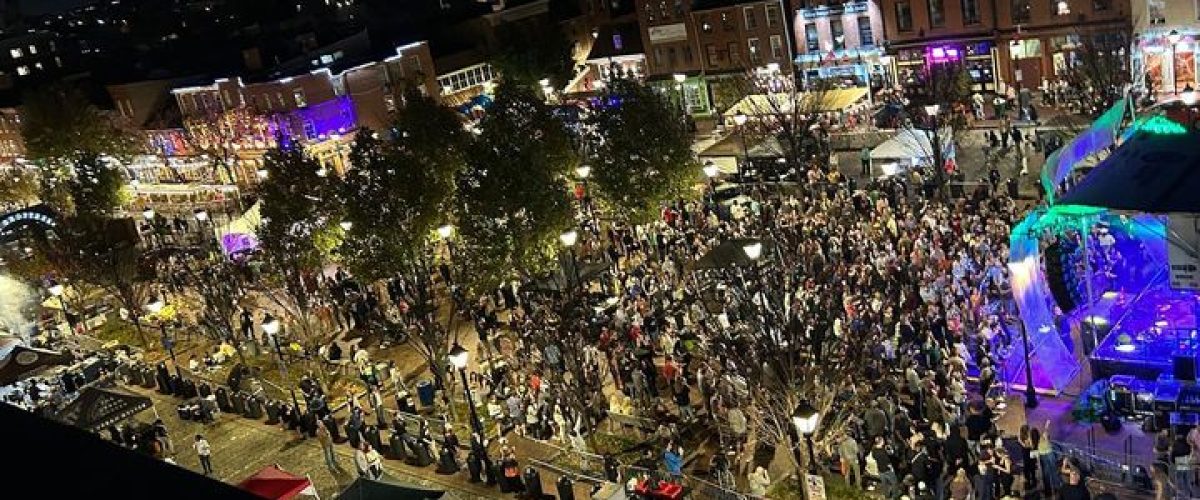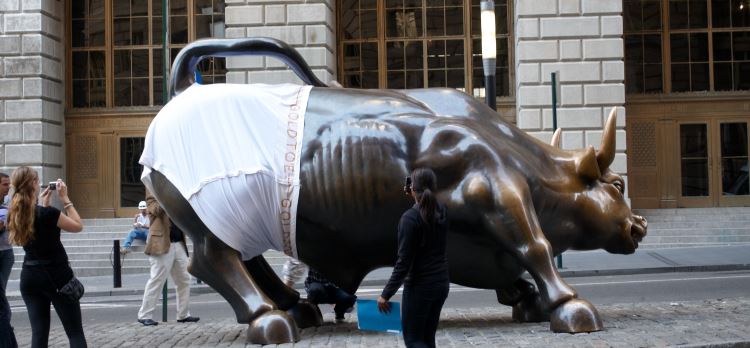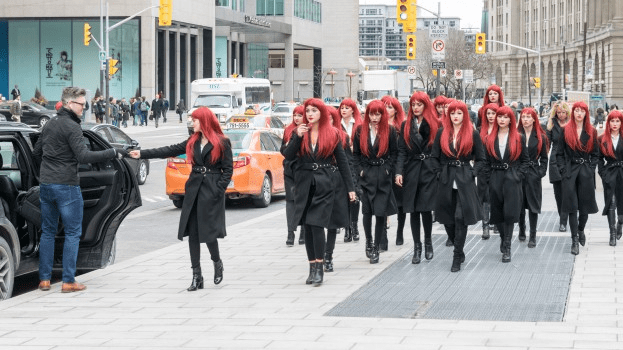Unlike other types of event sponsorship, festival sponsorship has many unique challenges and opportunities in gaining sponsors and providing them with great sponsorship assets. Unlike venues or concert tours or series, festivals have a very limited lifespan and most take place only once a year and are subject to bad weather, road closures and other things associated with a temporary venue facility.
Event Sponsorship: Indoor Versus Outdoor
Contrast that with venue event sponsorships for venues which host well attended events on a continuing basis. Even a smaller venue, let’s say with a capacity of 1,500 people, can expose sponsor assets to over 100,000 people over the course of a year. Of course, it all depends on how many events they have and their average attendance. You can extrapolate that to a large arena with concert seating for over 10,000 people and you can see what the numbers can add up to. So can brands. Sponsors in these venues don’t need to worry about many of the issues that outdoor festivals are concerned about that impact the number of people who will see their sponsorship asset.
On the other hand, festivals provide a clean palate for creating immersive and experiential sponsorship activation opportunities. Unlike most indoor venues where the assets are limited in both number and scope, festivals offer a blank slate for sponsors in many regards. That’s both good and bad.
The good being that working with sponsors, festival organizers can design festival sponsorship assets from scratch. They can be highly immersive, and experiential as compared to what one can do in an indoor venue. The bad news being that festival sponsorship assets need to be created from scratch.
Event sponsorships associated with permanent facilities are likely to use one-size-fits-all, smaller-footprint activations commonly booked by agencies. For the most part, they tend to be passive, such as promo videos or sponsorship logos displayed on television monitors or LED walls. Brand engagement happens through the venue’s website sponsor links, social media check-ins, specific hashtags, or branded merch giveaways and prizes.
The very things that make event sponsorship easy for indoor venues also limit the kinds of sponsor activations that can be deployed. Can you imagine trying to run a scavenger hunt at an indoor venue?
The best festival sponsorship assets start with a partnership between the festival and the brand. They include the brand in designing their sponsorship activation that is tailored specifically to the festival and attendee interests. This type of event sponsorship asset is more elaborate, and the budget reflects that fact. It delivers a more immersive experience for fans and focuses on a more hands-on experience with the brand. The fans come away with having had a unique experience and engagement with the brand.
Think of the possibilities for brands to engage with people attending a festival? Such a setting is disposed to guerilla and immersive marketing tactics for festival sponsorship assets. Festivals take place in both urban and rural environments. Each setting offers possibilities for brands that are creative in their approach to event sponsorship.
Being Creative with Festival Sponsorship Assets
Why not turn guerilla marketing tactics to sponsorship assets. Be prepared to work with sponsors in creating festival sponsorship assets that are distinctive. Imagine these as a basis for developing immersive sponsorship activations.
Bounty’s Use of Life-sized messes in on the streets of New York City.

Urban festival environments typically would have good Internet service, some vacant storefronts, good access to utilities, streets that provide transit points through the festival area.
Rural festival environments may be anywhere from a vacant field with no utilities to campgrounds or theme parks with different facilities and access to utilities. Equivalent festival sponsorship assets in a rural setting would likely require a higher budget than the same assets in an urban setting. That doesn’t mean you can’t be creative in developing sponsorship assets.
Overcoming the Limited Duration of Festival Fan Engagement
Brands who sponsor festivals want to be engaged over a longer time period than just the duration of the festival itself. Those festivals with strategies to do that are more likely to attract sponsors to their festival.
Festival organizers need to use strategies for extending the timetable of fan involvement with their festivals. Ideally, they will want pre-festival, festival, and post-festival engagement with people interested in their events. More prolonged engagement with those interested in or attending the festival will provide opportunities to learn more about the interests and demographics of these people.
On-going engagement with festival fans means a better turnout for the festival and excitement about it and future ones. The opportunity for an extended period of engagement is what potential festival sponsors are looking for as well while assessing whether to participate as a sponsor for your festival.
While there are many ways to interact with people during the festival, sustained engagement requires getting people to connect with the festival online. You will use both earned and paid online and offline media to attract people and get them to engage with the festival.
The two most critical festival assets for sustained engagement are the festival event app and the festival website. Most festivals should have both with each complementing the other. Couple them with a strong social media presence and you have the basis of a continuing relationship with those interested in your event.
Other tools you will use judiciously as part of your engagement tactics include email newsletters, email blasts and text messaging. Remember your efforts are to engage fans both with the festival and its sponsors. Engagement is not a one-way transaction. You are relationship building. It starts with building a website that is a lead generation channel followed with a warm and engaging welcoming email when people sign up to learn more about the festival. Relationship building is also about tailoring content; using consistent messaging across channels; creating relevant experiences in the lead up to, implementation, and follow-up of the festival; providing unique information or promotions, i.e. a festival loyalty program; and soliciting fan comments and feedback throughout the year.
While this article is more about festival sponsorship and assets, remember that there must be an alignment between potential sponsors and your festival. That alignment includes having the same targeted audience in terms of demographics and lifestyle. The festival sponsorship activations must match with the brand’s objectives and the sponsorship development process should provide for partnership opportunities.
Aligned audience and objectives are the basis of creative partnerships in developing festival sponsorship activations.
Related Posts:
Festival Production: Why Use an Event App?






